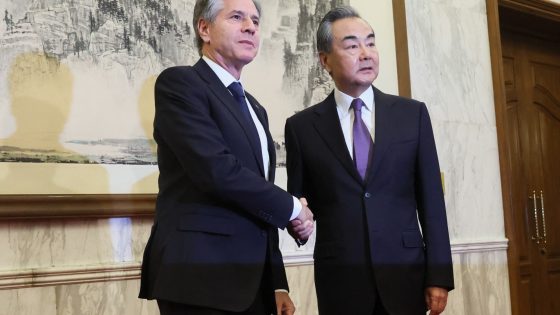But the statement also contained some important economic breadcrumbs. The most important was around wages growth, which the bank thinks has now peaked.
Pushed during her press conference about whether a planned jump in pay for aged care workers could keep inflation high, Bullock sounded human as she noted it was unlikely to cause a difference to the bank’s own forecasts while adding, “I think it’s a very worthy pay rise” for a group of traditionally underpaid people.
Loading
The bank also noted the bleeding obvious, saying growth was slowing, that household consumption was “particularly weak”, while there has been a much-needed lift in productivity.
The other impression left by the bank, which goes to show it is in the midst of a shift from a rate hike mentality to a rate cut headspace, is its clear uncertainty. In its February statement, uncertainty was referenced five times, but that climbed to seven this month.
That uncertainty is apparent in how it manages to argue there is “continuing excess demand” in the economy. Yet household spending by its own admission is weak, economic growth has slowed every quarter over the past year, and on a per-capita basis, the country’s been in a recession since the middle of 2023.
By the time the RBA board next meets on May 6, it will have monthly and quarterly inflation reads plus two reports on the health of the jobs market. Any or all of them could be the catalyst for the bank to rethink its position.
The statement after the May board meeting may have to change a lot more words.
Cut through the noise of federal politics with news, views and expert analysis. Subscribers can sign up to our weekly Inside Politics newsletter.
Source Agencies


